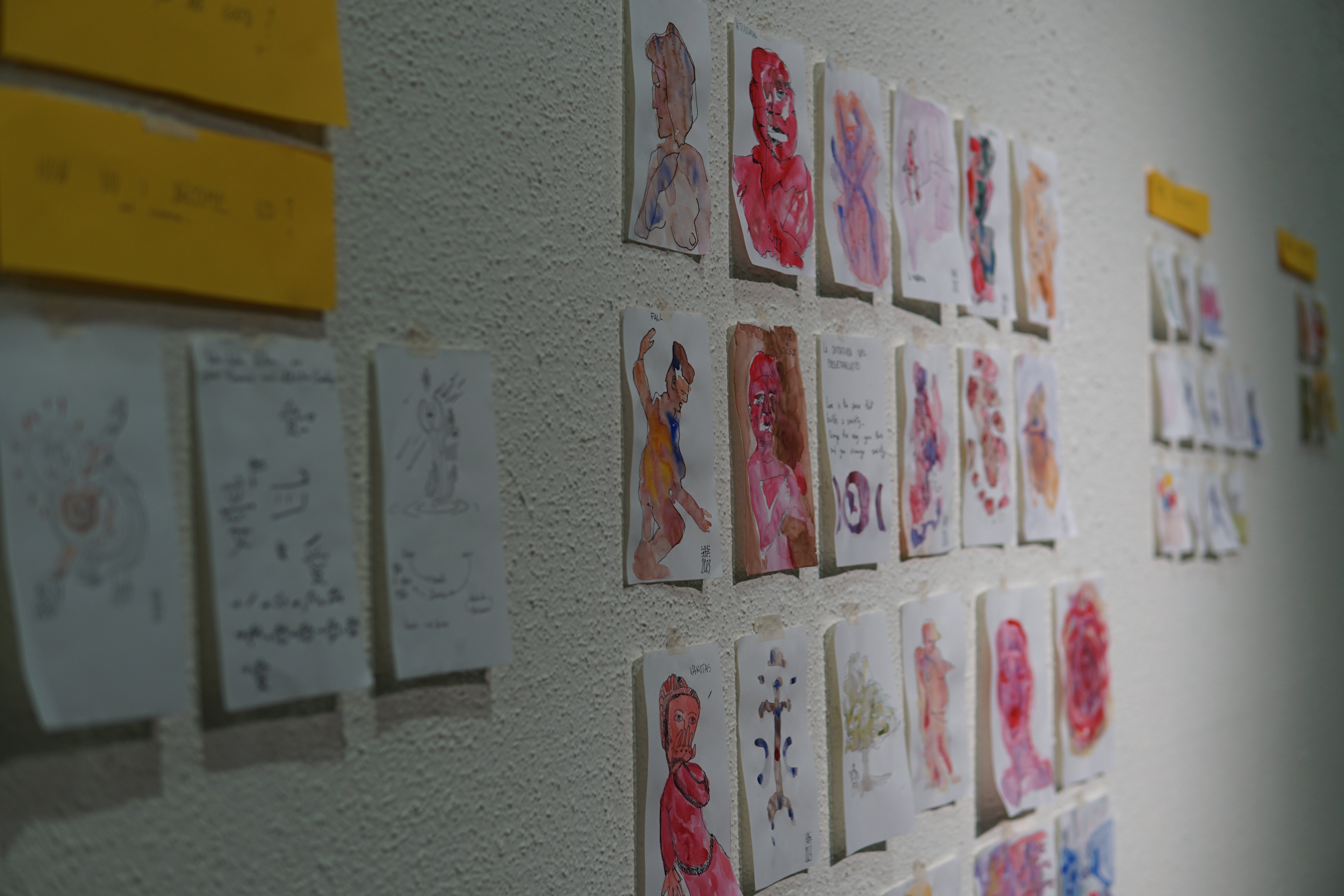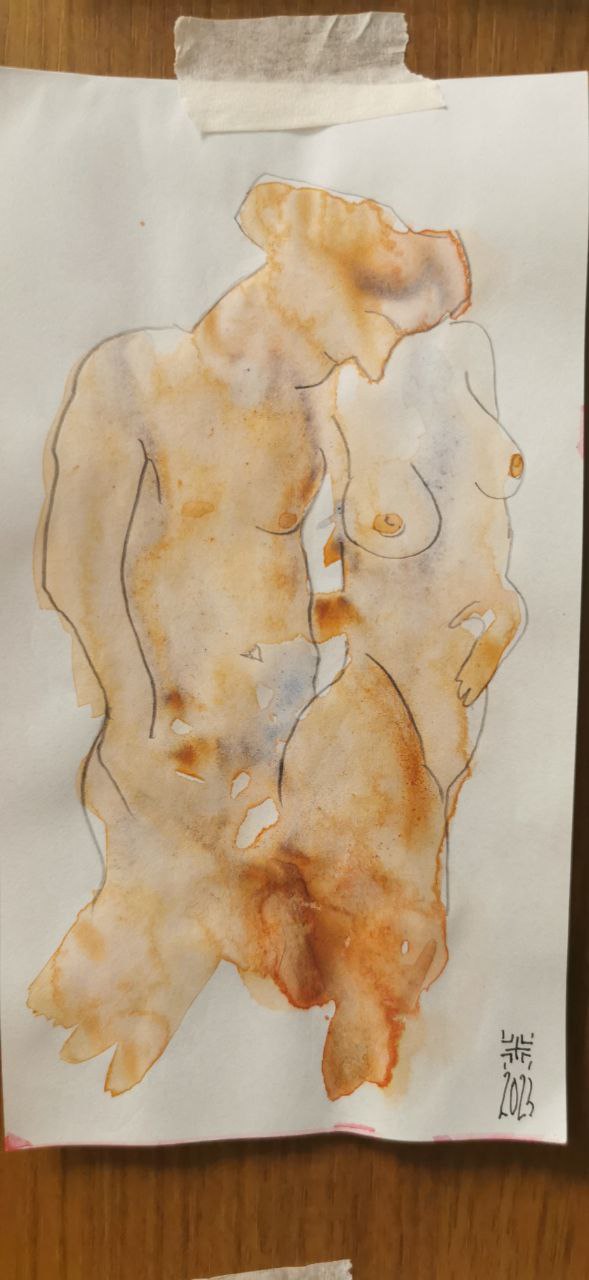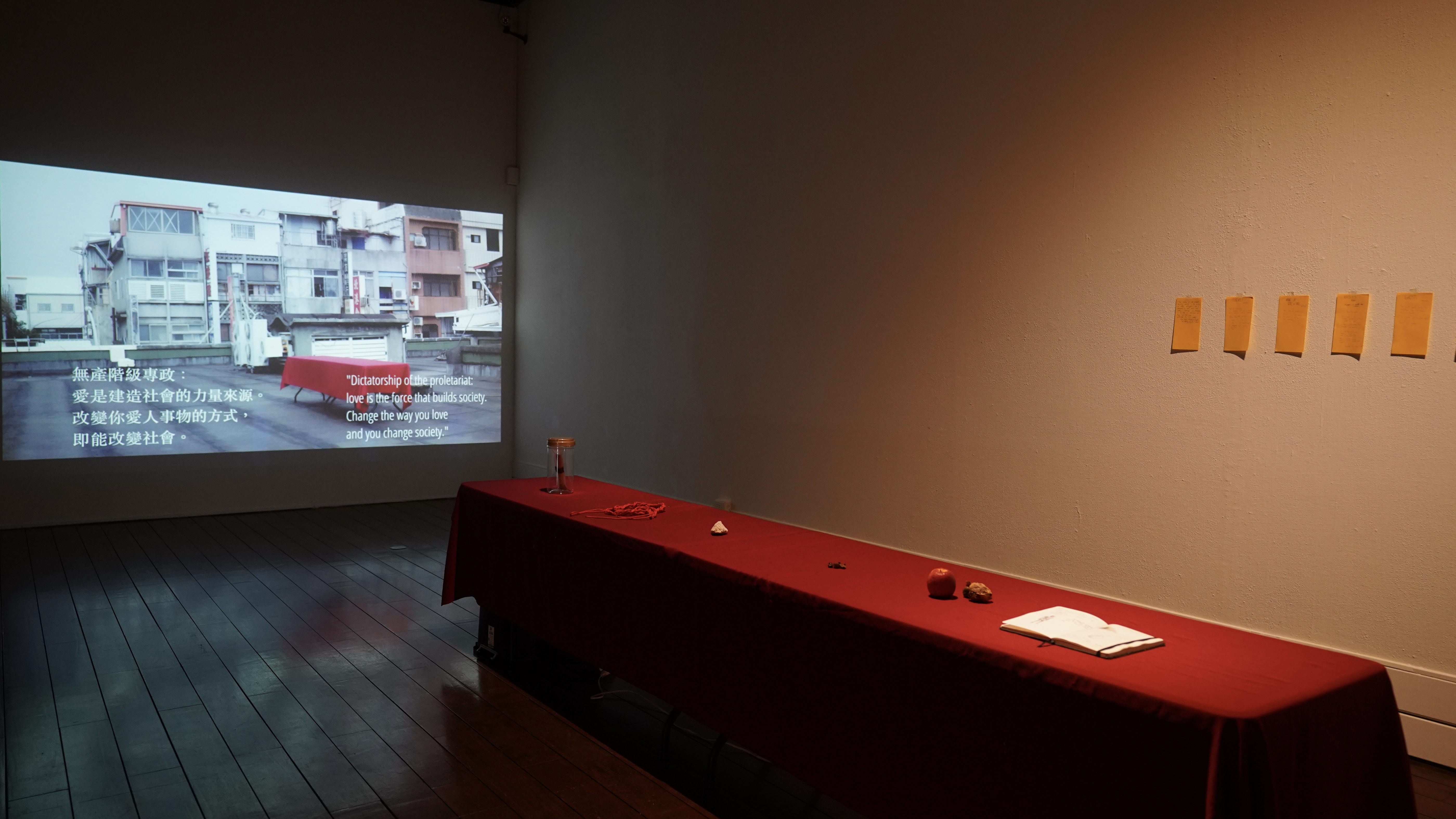about love: a happening for a movie camera ...
... and for any one that wishes to take that place afterwards

I spent 6 weeks in Taitung, east Taiwan, starting September 1, 2023. The scope of this residency was to research, orchestrate and perform an happening on the theme of "Understanding Karl Marx through love" proposed by Hsiao Ying Lai. The outcome of this research would be shown in the Taitung Museum of the arts in a collective show with other 4 artists in a exhibition that would stay on display till the 10th of December.
So you are not supposed to watch this film as a film but as a recording of a happening, in a specific context, that have put together a nucleus of more than 150 participants with the explicit scope to make the film for one character, that is the movie camera.
Taitung is a relatively small city of 100'300 inhabitants, surrounded on tree sides by mountains and facing the Pacific ocean, situated on East Taiwan. Population is of mixed origins, Chinese and Aborigenal, and has relevant traces of the Japanese colonial intervention in between 1895 and 1945. Taiwan, also mentioned as Formosa (the beautiful) has a rich history, made of waves of colonizers, migrators and indigenous living there. Few km north of the city lays a Taiwanese airforce base and the city is constantly overflown by military airplanes. There is as well a civil airport on the south west side and a train station to the north west one. Two are the main roads, the number 9 that comes from Kaoshung in the south and follows up to north through the rift valley and the number 11 that follows instead the coast. The valley were the city rises is shared with three wide and turbulent rivers that are used to dig gravel.
The core of the film has risen after almost tree weeks of solitary work of observation both taking place in the residency in the Museum and biking or walking around the town. In this period, isolated by circumstances, I put all my efforts into trying to connect with the theme of love as a force for societal shaping and one of existential justification. Another push was trying to connect with people, of whom i kew so little about language, costumes, history and ideas. To feed the imagination I referred to two practices. The first has been the reading in context writing of XIX century radical thinkers and philosophers engaged with the thematic of love and the reform of society. Starting from Karl Marx I moved along with tracing real Marxist societal changes through revolution. I bumped into the two folded reforms in the Soviet Union and in China, were the status of woman was changed radically in the beginning just to go back to a more traditional conception of love inside the marriage later on in he post-revolutionary period. I traced back some more radical ideas about love from the anarchist sphere, ideas following the lines of woman libertarian tinkers on both love as a revolutionary force and marriage, love for the offspring, care for elders, solidarity between pairs and all other forms of love that are useful to build or destroy community in society. I am aware of the role of Love in the current debate in Taiwan and in the west through some works that I reference in the bibliography.

I selected some important ideas as quotes that I hang on the big wardrobe that delimited my corner of the studio to be able to move them in relation one to the other. Almost immediately in my notebook appeared a scheme that resumes the philosophical standpoint i took to the theme and two main questions the work would use to pose to the viewers and to the participants.
The first working question was: how "I" can become "we"; come "io" puo' diventare "noi"; “我”如何變成“我們” in Chinese. The second one, after a process of selection, became "how do I know I am good?".
These questions represent a formulation of identity (from subjective to collective) and one simplified question about your definition in the world as an ethical subject.
The second practice I have involved myself during the residency was painting, in the form of small watercolors on the thin paper of my notebook. In the beginning they are something like doodling, to be done when you have no thoughts in the mind. Later I try to make shapes inside them without thinking too much, letting emerge the shape and colours by themselves, to see if in time some image would emerge more clearly from this half awaken activity and i would look for it with a black pen.
The paintings will be hung on the back of the big wardrobe in the studio together with the quotes and the working questions. Later I used the same technique of fast painting funny images to be able to explain the sequence of action in the first movement to all the people i could not easily communicate with. Those are the smaller element, that in the exhibition are collected under the banner of first movement.

The turning point event for my residency was the casual meeting with a fellow emigrant, Steven, and his family, in particular his enthusiastic and capable wife Phoebe. We met by chance in the park of the museum and started chatting. Later we met again when he visited the park with his family a week later. Phoebe took initiative to "rescue me" and bridge the story I had brought to Taitung and the community, introducing me to Leon, director of Taitung Traditional Market and with the Taitung Elementary School director. Her active initiative profs that one of the most critical points of an operation within Trasformatorio methodology is to find the bridge, the enabling element, in the situation. The beautiful people I met thereafter and their role is included in the end titles of the film and sometime in the drawings and artifacts exhibited in the museum wile the film plays. It has to be mentioned as well the arrival, on early October of my friend artist RE and her companion Giuseppe Morgana, that helped a great deal to relax the atmosphere and enhance the mood. The impersonation of "the Red Man" by Giuseppe in the film is in my opinion one of the memorable images i managed to shoot.
From these meetings of the end of September spun a way to connect the elements that i had identified and hung in the studio, with some selection. I decided to start from Rimbaud quote because of its duplicity. The whole quote from "A season in Hell" reads "I despise Woman's. Love has to be reinvented". I discussed the quote in the script. The second visit of the school was very intense. I was taken first to assist to the rehearsals of the school's choir. They gave me welcome and sung for me and I was moved to tears by the sheer and beautiful simplicity of the act. The school class of music was as well outstanding, with the kids reading music from the projection and playing very effectively all together to the direction of their flute playing teacher. I decided that to proceed I had to write a precise shooting script and to be sure it would be translated and understood correctly by the teachers. I was as well said that was necessary to rush to film in the school and brake the film in two shooting days because a big part of the people involved shall go to school trip later. Seen the possibility of making the film with both communities, the market and the school, I did not mind to sacrifice the synchronicity of the on shoot film, dividing it into more movements.
Uninterrupted and energized by a huge typhoon hitting the city the 5th of October, the sum of information, ideas, texts, emotions, observations and suggested solutions for the dilemma of Love that I had put together in the studio took the shape of the shooting script of "About Love", the film you are about to watch.
All of the elements in the short film narration should have their justification, meaning and origin, yet the film should stand by itself as a short, pleasant watching experience. My promise is that it contains, together with the exhibition still to be viewed in Taitung, my proposed artistic and philosophical response to the theme proposed.
at the following link you can find the final version of the shooting script ShootingScript-Oct-19.pdf
The film binaural audio can be enjoyed by listening with a headphone Enjoy the view